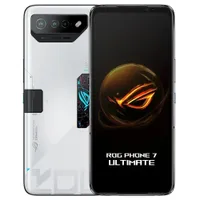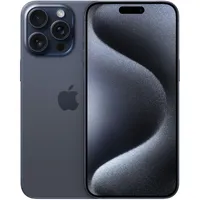TechRadar Verdict
The Asus ROG Phone 8 Pro is an outstanding gaming phone with some of the fastest performance on the market, but that’s not what makes it interesting. This is the first gaming phone that’s a genuine pleasure to use day to day, with a refined design, solid camera, and welcome features like wireless charging and an IP68 rating.
Pros
- +
Practical and relatively subtle design
- +
Massively improved camera system
- +
Scorching performance
Cons
- -
Not the best sustained performance
- -
Refined design means compromises
- -
Only two years of OS updates
Why you can trust TechRadar
Asus ROG Phone 8 Pro: Two-minute review
Last year’s Asus ROG Phone 7 Ultimate was arguably the best gaming phone on the market, but there was a considerable price to be paid for such gaming excellence. Quite literally, thanks to its hefty price, but also because it wasn’t the easiest phone to live with day to day.
The Asus ROG Phone 8 Pro is still very expensive, and it’s still a superb gaming phone. However, a radical rethink from Asus means that it’s now also an accomplished flagship smartphone in its own right.
Its refreshed design is much more discreet than before, with less of the gamer bling that would embarrass anyone not in thrall to Twitch game streamer culture. Crucially, the ROG Phone 8 Pro has also gained a couple of quality-of-life features that we’ve come to take for granted in similarly priced non-gaming phones, including an IP68 rating and wireless charging.
Another welcome flagship addition is a decent camera system, which is capable of capturing bright, sharp images in a range of scenarios. It’s not a photography front-runner, but it’s plenty good enough for daily snapping, which is arguably a first in a gaming phone.

Slimmer bezels mean you’ll have to put up with a punch-hole selfie cam this time around, and there’s no dual front-facing speaker set-up. Meanwhile, the ROG Phone 8 Pro can’t quite offer the same level of sustained high-end performance as the Nubia Red Magic 9 Pro - not without the clip-on AeroActive Cooler X fan, at least, which only ships with the top model.
Even so, this remains a brilliantly balanced gaming phone. Performance is some of the fastest we’ve seen in any handset, while the ROG Phone 8 Pro’s 6.78-inch 165Hz AMOLED display is big, fast, and color-accurate.
You still get those little extras that make for a superior gaming experience, too, including flexible Air Trigger shoulder buttons and a secondary USB-C port along one of the longer edges.
Sign up for breaking news, reviews, opinion, top tech deals, and more.
All in all, raw performance aside, it’s difficult to say that Asus has made a flat out better gaming phone in the ROG Phone 8 Pro. What it’s made is a very good gaming phone that won’t let you down when you’re doing non-gaming things, which is arguably a way more valuable advance.
Asus ROG Phone 8 Pro review: Price and availability
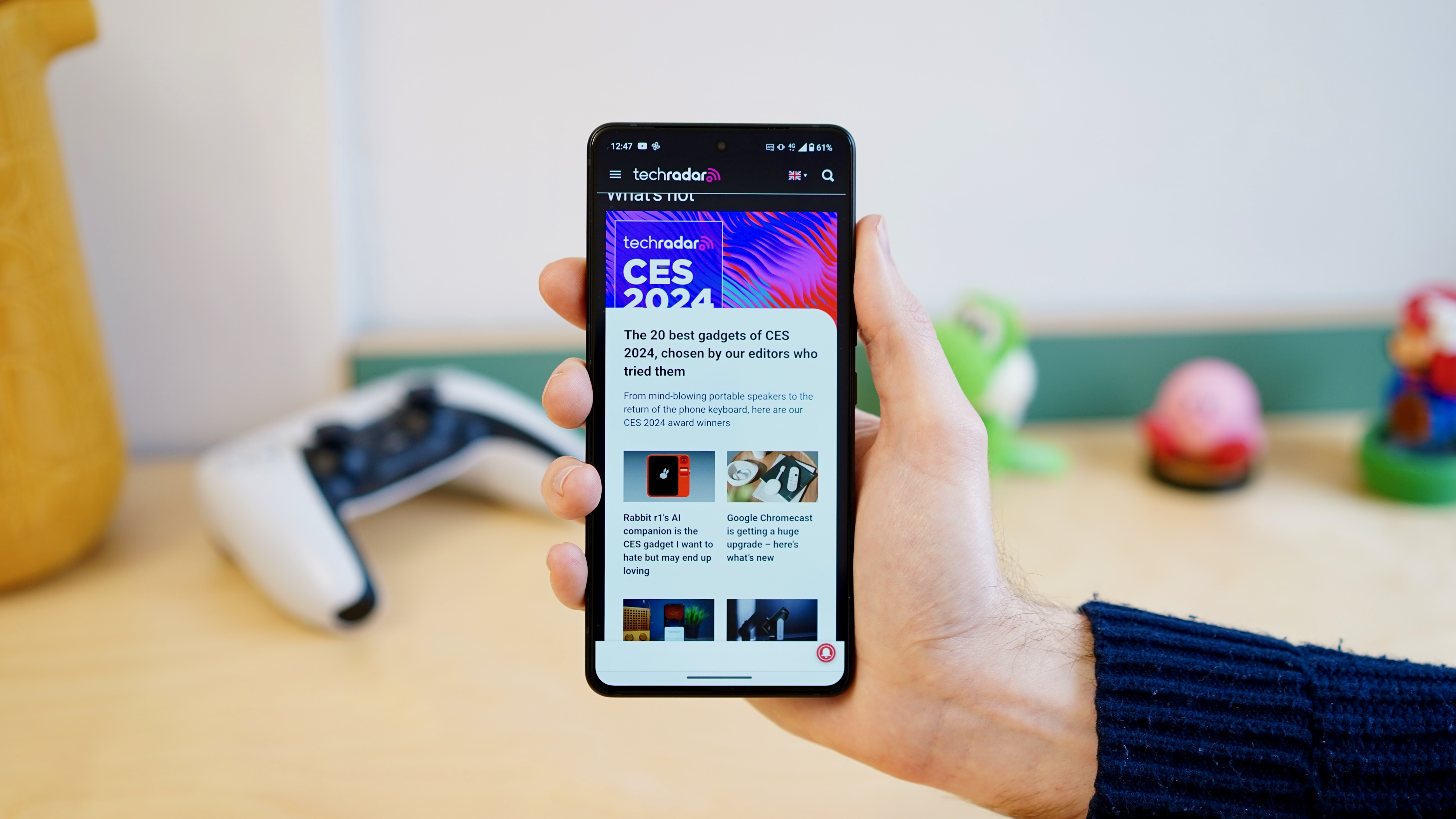
- From $1,199 / £1,099 (around AU$1,790)
- Out now
The Asus ROG Phone 8 Pro is out now; it started shipping on January 16, 2024.
The phone ships in three variants: the standard Asus ROG Phone 8 (head to our dedicated Asus ROG Phone 8 review for our thoughts on that device), the Asus ROG Phone 8 Pro, and the Asus ROG Phone 8 Pro Edition.
Pricing starts at $1,199 / £1,099 (around AU$1,790) for the ROG Phone 8 Pro, which comes with 16GB of RAM, 512GB of storage, and LED lighting. For context, the standard ROG Phone 8 ships with 12GB of RAM, 256GB of storage, and classic RGB lighting. At $1,099 / £949 (roughly AU$1,600), it costs less, too.
The top model – which, incidentally, is the one you'll see pictured throughout this review – is the ROG Phone 8 Pro Edition. It's available exclusively through the Asus official online store at a cost of $1,499 / £1,299 (about AU$2,240), and comes with 24GB of RAM, 1TB of storage, LED lighting, and an external AeroActive Cooler X fan bundled into the box.
For clarity, we'll be making distinctions between all three models throughout this review.
- Value score: 4 / 5
Asus ROG Phone 8 Pro review: Specs
| Row 0 - Cell 1 | |
| Dimensions: | 163.8 76.8 8.9mm |
| Weight: | 225g |
| Display: | 6.78-inch up to 165Hz Full HD+ AMOLED |
| Chipset: | Snapdragon 8 Gen 3 |
| RAM: | 12GB / 16GB / 24GB (LPDDR5X) |
| Storage: | 256GB / 512GB / 1TB (UFS 4.0) |
| OS (at launch): | Android 14 |
| Primary camera: | 50MP f/1.9 Sony IMX890 1/1.56-inch sensor w/ 6-axis Hybrid Gimbal |
| Ultra-wide camera: | 13MP f/2.2 120˚ FoV w/ freeform lens |
| Telephoto camera: | 32MP f/2.4 3x zoom w/ OIS |
| Front Camera: | 32MP f/2.5 |
| Battery: | 5,500mAh |
| Charging: | 65W wired, 15W wireless |
| Colors: | Phantom Black, Rebel Grey |
Asus ROG Phone 8 Pro review: Design
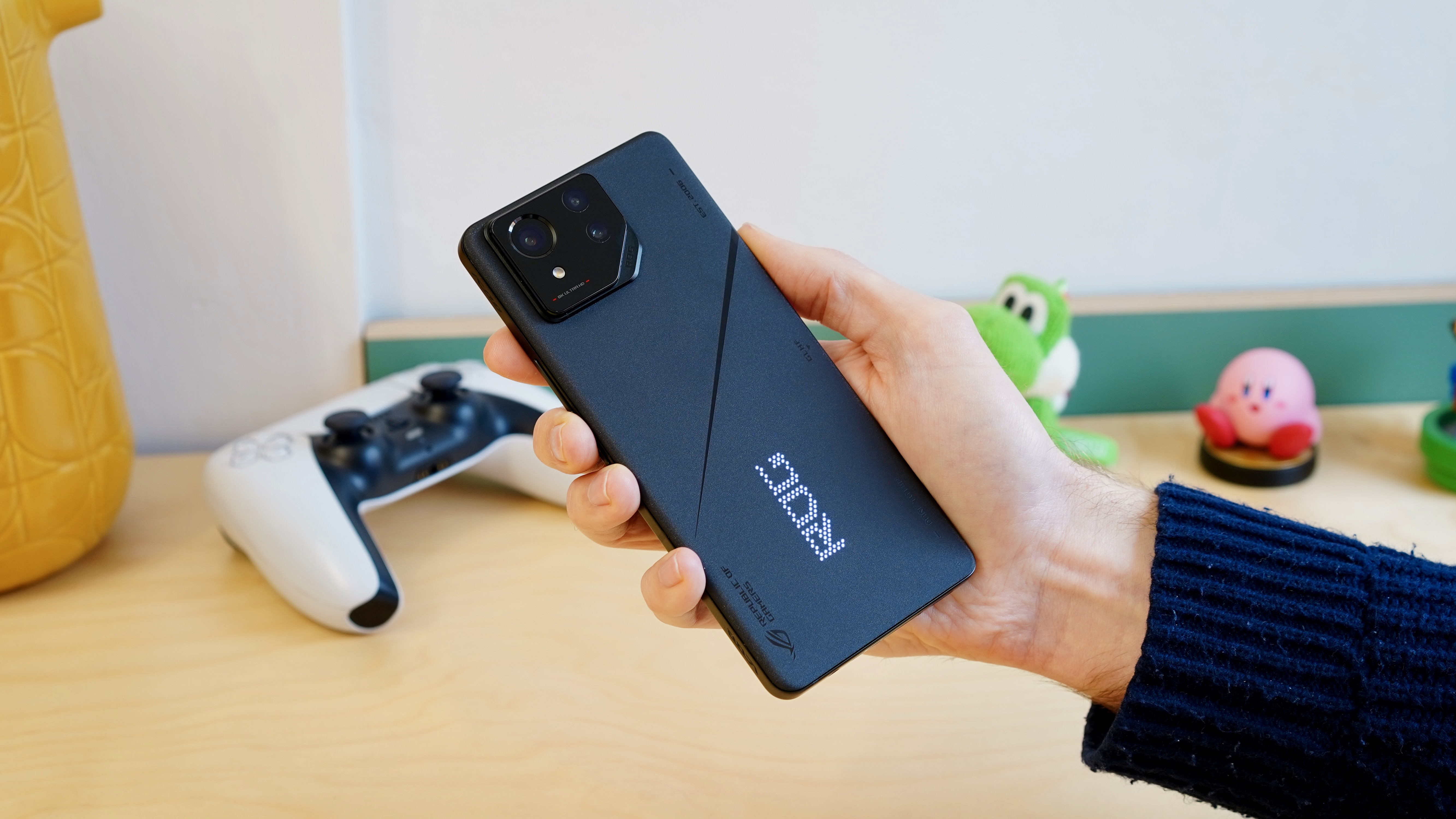
- Brand new less ‘gamery’ design
- Air Trigger shoulder buttons
- Two USB-C ports
Asus has gone back to the drawing board with the ROG Phone 8 Pro design, having seemingly come to a radical realization: most people don’t actually want a gaming phone in their pocket. Even among those who do, most would rather it didn’t look like a prototype based on an 11-year-old’s sketch.
Simply by looking and feeling relatively normal and understated, the ROG Phone 8 Pro comes as something of a revelation. It’s still large by anyone’s standards, and at 8.9mm thick and 225g it’s precisely as thick as the Red Magic 9 Pro and the Samsung Galaxy S23 Ultra, and scarcely any lighter.
But its subtly rounded edges, sober color tones, and the nice shimmery finish of the Pro model, make it look and feel more like a phone you’d be comfortable whipping out among polite non-gaming company. The cringey ‘Dare to win’ decals are still there on the back, but they’re rendered in small, dark writing this time around.
Choose the Pro model and you won’t even get RGB lighting. In its place comes a small area on the back cover embedded with 341 subtle white LEDs, which Asus calls AniMe Vision. These are turned off by default, and in this state, you wouldn’t even know they were there. When they’re switched on, they offer heads-up information on the phone’s time, charging status, incoming notifications, and a few other things that can be set in the Armoury Crate app.
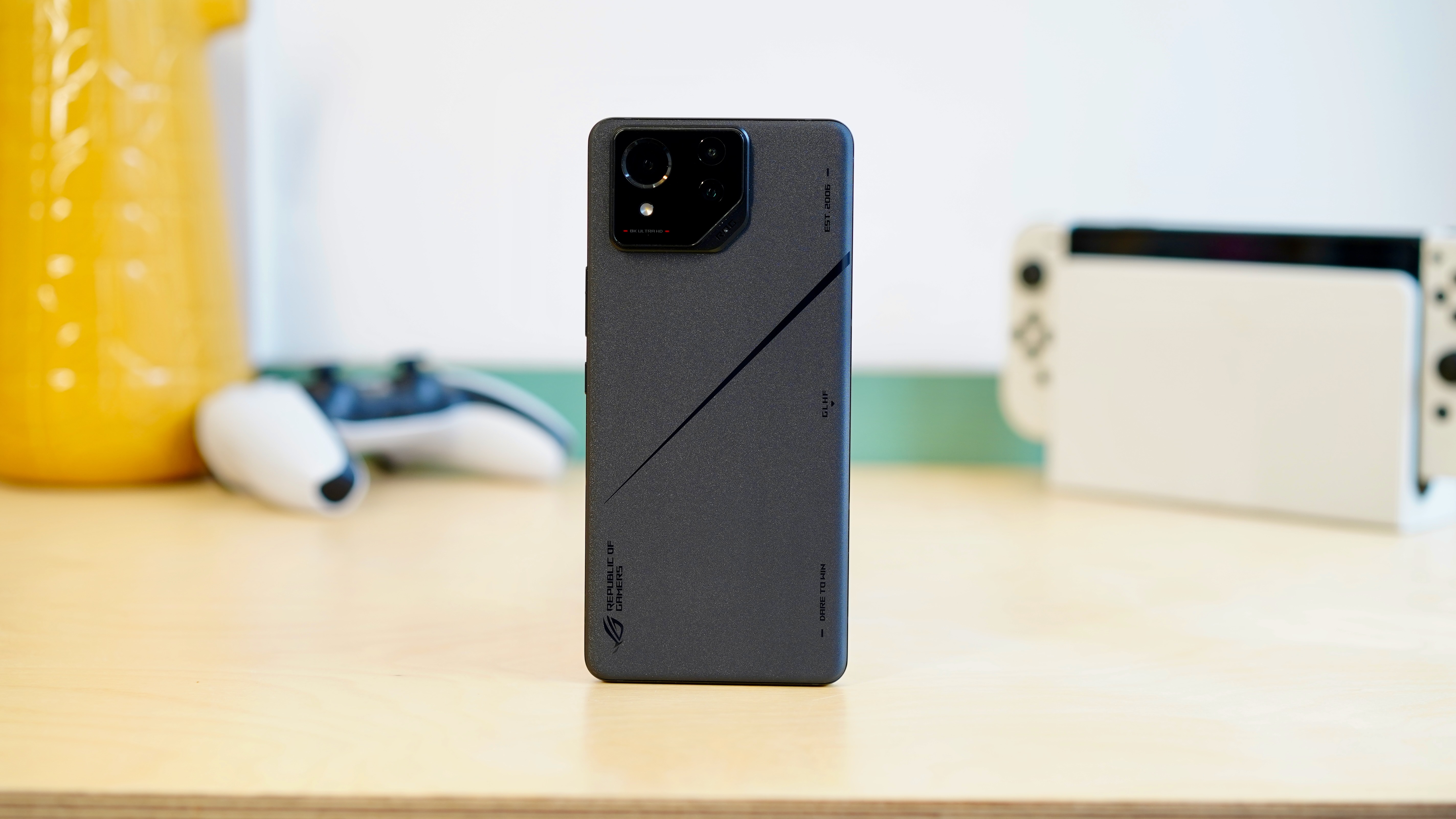
Another design feature that makes the Asus ROG Phone 8 Pro a more appealing mainstream proposition is the inclusion of IP68 certification. Finally, we have a gaming phone that won’t quit if you drop it in a body of water.
In order to hit that rating, Asus has done away with the huge AeroActive Portal from the ROG Phone 7 Ultimate, which exposed the internals of the phone when the AeroActive Cooler was attached. You still get an AeroActive Cooler X fan accessory with the top model of the ROG Phone 8 Pro, but it contents itself with drawing heat away from the rear surface. There’s a 2.6x larger cooling area and a slightly faster fan speed to compensate.
What might prove more disappointing to some gamers is the loss of two mappable physical trigger buttons with the AeroActive Cooler X. You now only get two, rather than four.
The other point to note is that, in radically reducing the size of the Asus ROG Phone 8 Pro’s bezels, it’s almost 10mm shorter than its predecessor. That’s great for portability, but it does mean that the display is now interrupted by a punch-hole selfie cam.
Personally, I’d rather that than the Red Magic 9 Pro’s woeful in-display selfie cam solution. But if you’re making a gaming phone, there’s an even stronger case to be made for leaving a slight forehead and chin in place.
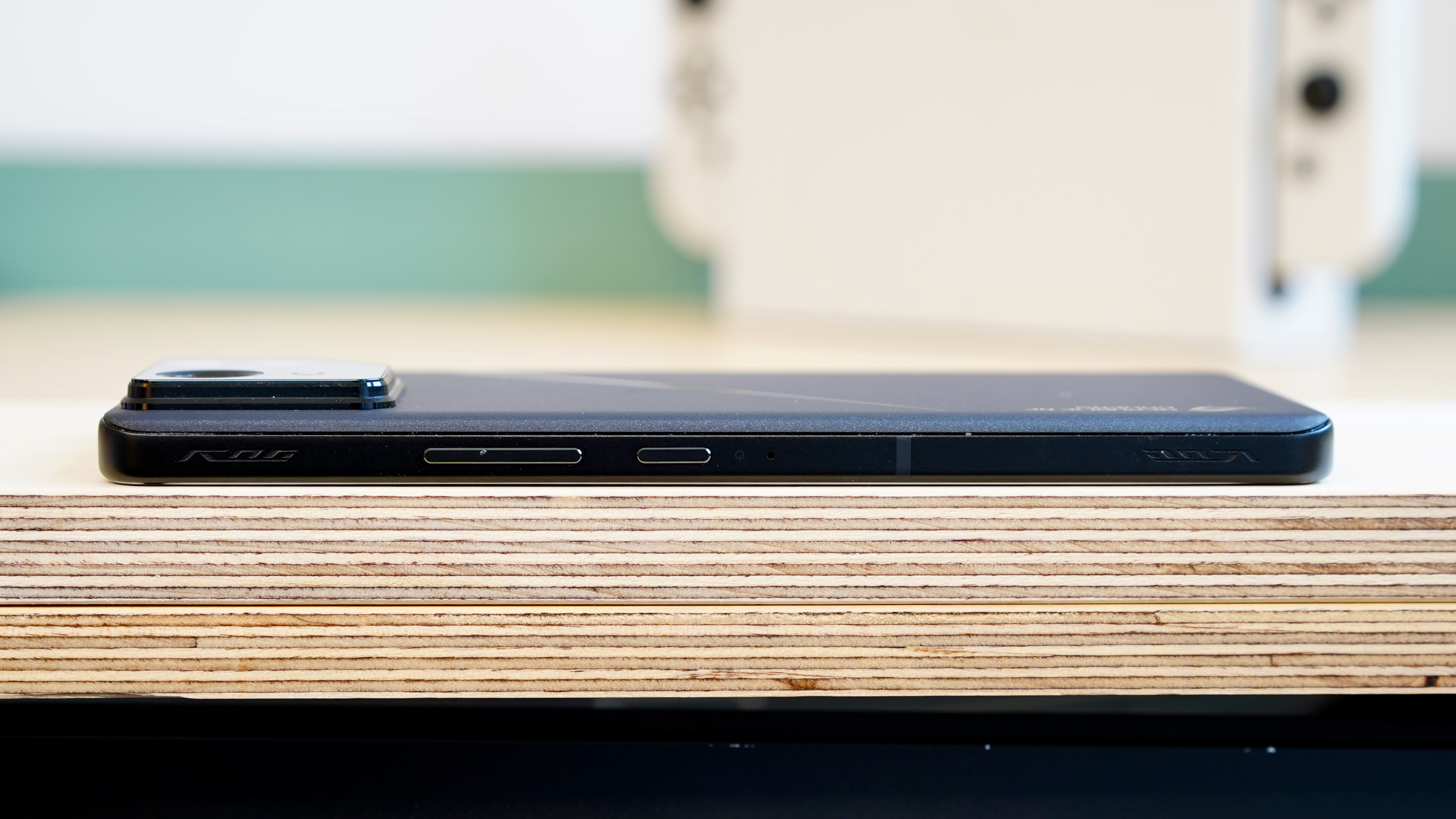
That would also facilitate proper front-firing speakers, which are missing here. There’s one in the earpiece, but the other is on the bottom edge of the phone, which can be blocked when you hold it in landscape. These speakers still sound nice and clear, and they get plenty loud, but they’re shown up for separation and clarity by a teeny-tiny iPhone 15 Pro.
Two vital gaming design elements have been retained, however. One is a set of Air Triggers, which are dedicated capacitive buttons on the top edge of the phone. These can be mapped to controls in many games, which comes in very handy in competitive shooters and MOBAs. They can even be split into two for a total of four physical controls.
The other gamer-friendly feature to have been retained is a secondary USB-C port on the longer edge of the phone opposite the Air Triggers. This makes it much more pleasant to plug and play while you’re playing landscape games. And yes, there is still a 3.5mm headphone jack for that vital low-latency personal audio.
- Design score: 4.5 / 5
Asus ROG Phone 8 Pro review: Display

- 6.78-inch LTPO OLED
- Super-fast refresh rates up to 165Hz
- FHD+ resolution
Asus has fitted the ROG Phone 8 Pro with a new 6.78-inch E6 OLED display. It’s not particularly sharp at 1080 x 2400 (FHD+), especially when compared to other $1,199 / £1,099 Android phones, but I honestly have no complaints.
It gets extremely bright, with a claimed peak of 2,500 nits in HDR scenarios and 1,600 nits in high brightness mode, which will initiate when heading outdoors on a sunny day with auto-brightness on.
With auto-brightness switched off, I measured a maximum brightness of around 775 nits, which is excellent. The Red Magic 9 Pro, by way of comparison, could only hit 445 nits.
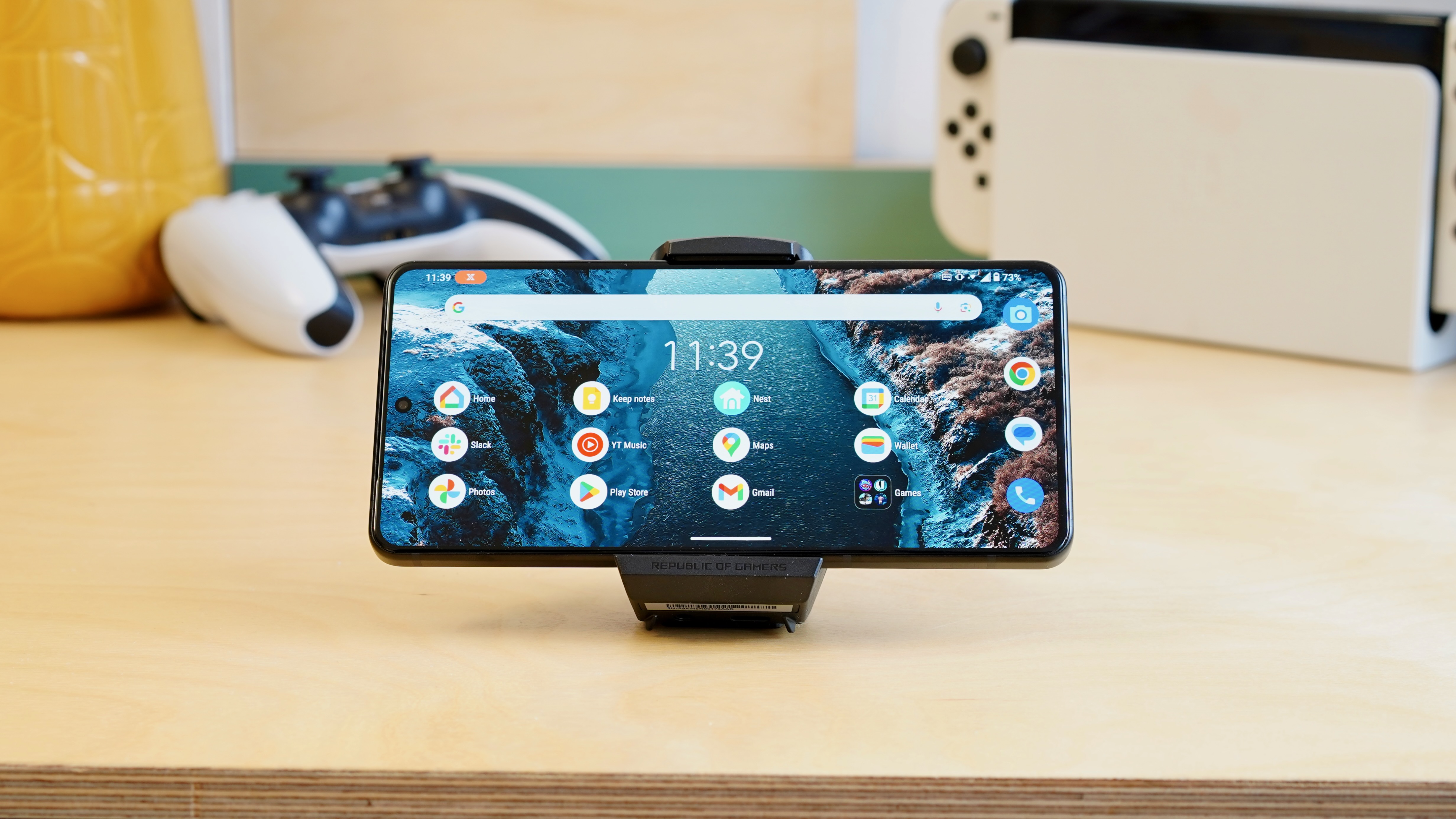
I also found the ROG Phone 8 Pro’s display to be extremely color-accurate and natural-looking, at least once I switched away from the default Optimal setting and flipped it to Normal mode.
This is an LTPO panel, so it can scale from 1 to 120Hz in regular usage depending on the use case, meaning it’s nice and energy efficient when flitting between non-gaming tasks.
Head into gaming mode, however, and it can ramp up even further to 165Hz. There aren’t many games that will step north of 120Hz, of course, but the ROG Phone 8 Pro is ready for any that do.
- Display score: 4.5 / 5
Asus ROG Phone 8 Pro review: Cameras
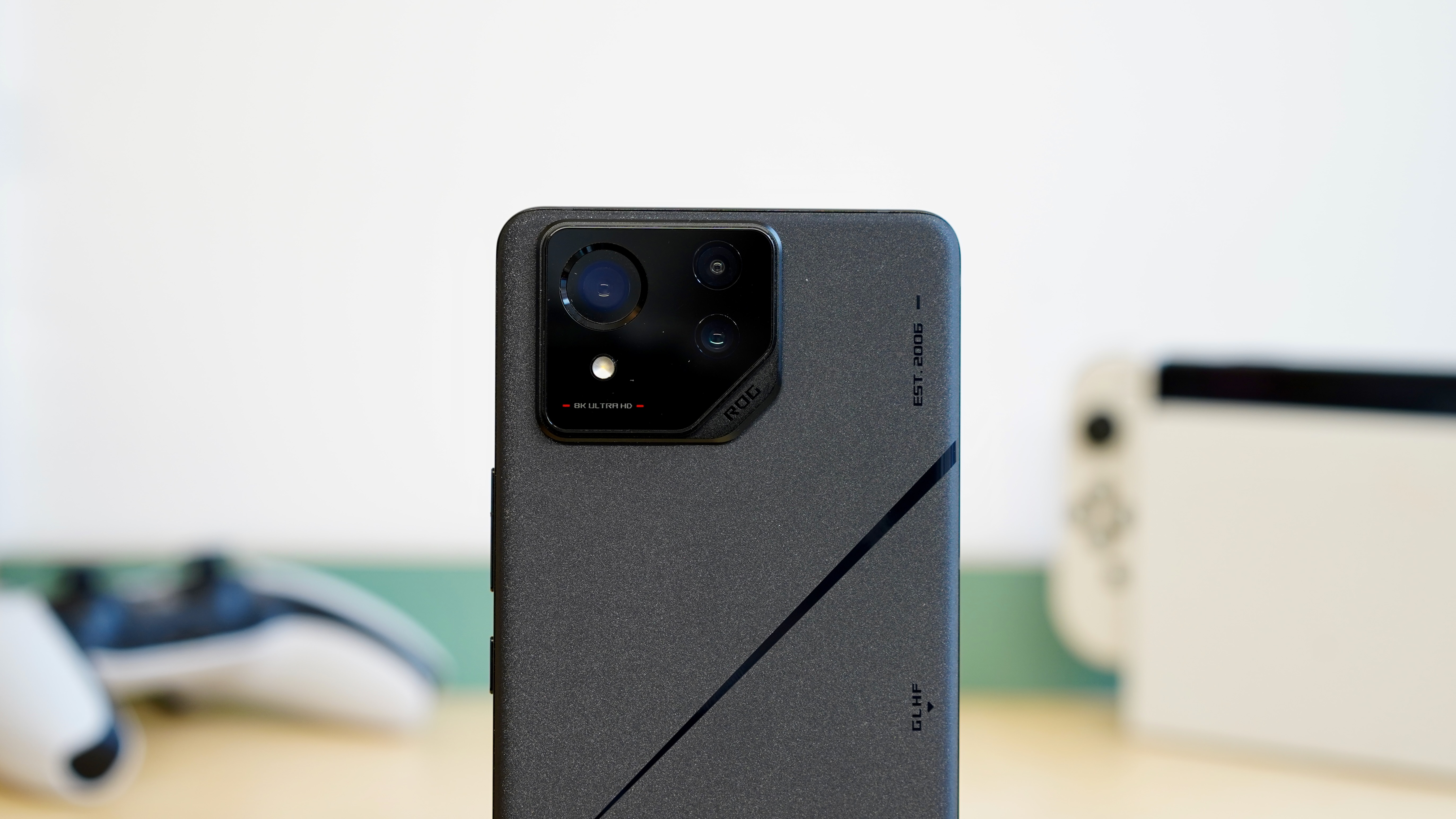
- Massively improved 1/1.56-inch main camera with gimbal
- 13-inch ultra-wide with freeform lens
- Finally, a dedicated 32MP 3x telephoto
Giving your gaming phone a chic design is all very well, but if you want the masses to take it seriously as a genuine flagship contender, you’d better get your camera game in shape. Thankfully, Asus has done just that.
It starts with a vastly improved main camera, fitted with the same 1/1.56-inch Sony IMX890 sensor as the OnePlus 11. This is then paired with a new generation of the impressive 6-axis Hybrid Gimbal stabilizer found in the Asus Zenfone 10, which keeps things way steadier than your standard optical image stabilization (OIS) system.
This combination of components, together with Asus’s contrasty image science, produces well exposed and detailed shots in a range of lighting conditions. Night shots are particularly crisp here, with that larger sensor and gimbal system holding things steady during the necessary extended shutter times.
It’s not just night shots that the gimbal helps with either, with video footage also kept super-steady. This is illustrated by a neat UI element: so long as you keep the dot within the circle, you can be sure the gimbal is doing its thing.
Asus ROG Phone 8 Pro camera samples



















Hyper Steady mode goes even further, cropping in and using electronic image stabilization (EIS) to further even things out during particularly active shoots. You can shoot at up to 8K and 24fps or 4K at 60fps here, though Hyper Steady mode is only available at 1080p/30fps.
The photographic improvements continue with the provision of a 32MP 3x telephoto camera. Previous ROG Phone models haven’t bothered, supplying a pointless macro camera instead. Zoomed shots taken with this dedicated component turned out to be crisp, clear, and tonally similar to the main sensor.
If there’s a weak point it’s the ROG Phone 8 Pro’s 13MP ultra-wide camera, which notably falls off in tone, detail, and dynamic range compared to the other two. Still, Asus has supplied a freeform lens, which reduces distortion towards the edges.
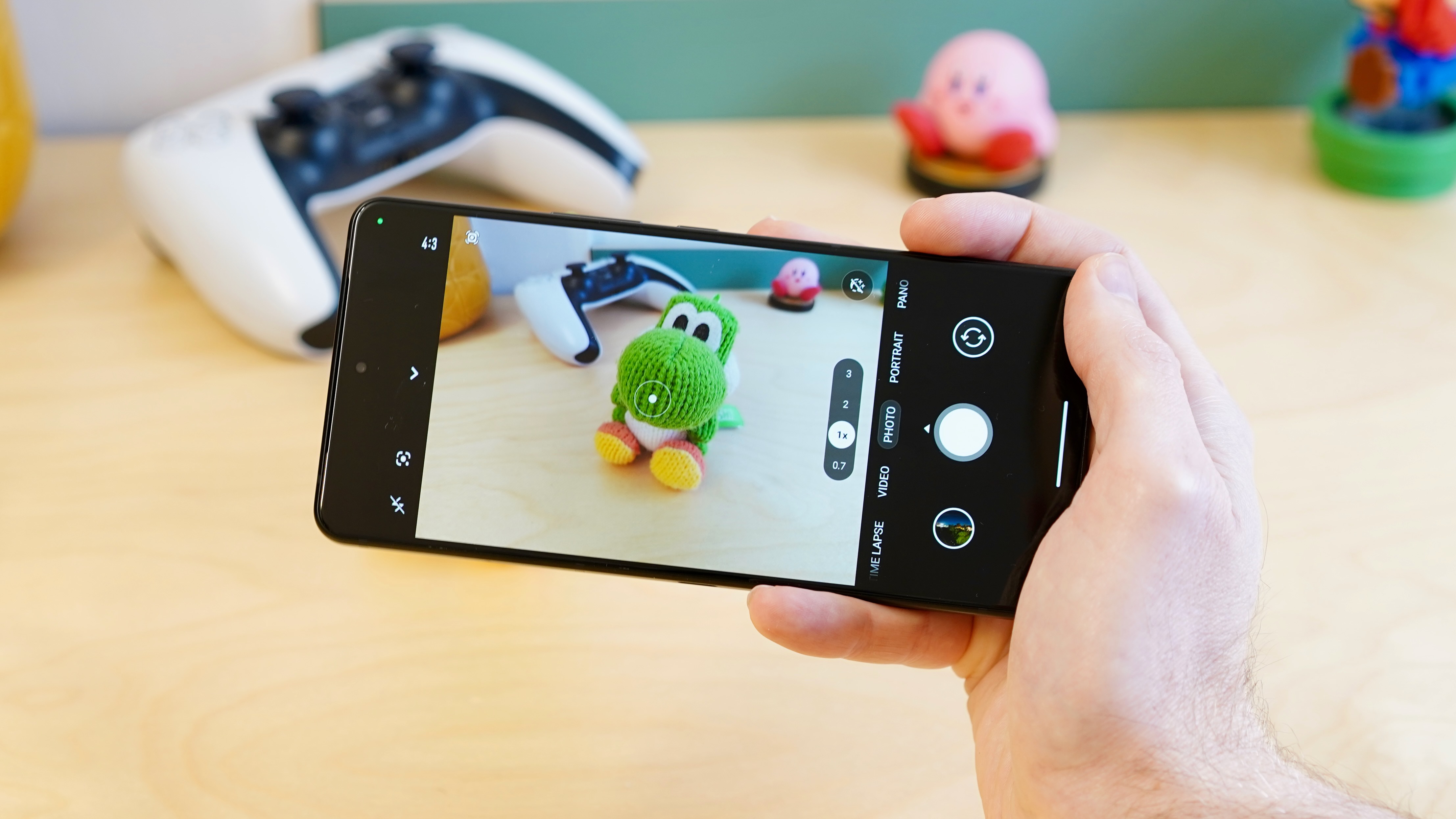
Asus’s AI image processing didn’t always call the scene right in my experience. This is illustrated in one selection of shots of an old train carriage, which the main sensor and the telephoto seemed to overexpose, while the ultra-wide went in the opposite direction.
The 32MP selfie camera, too, lacks a certain degree of subject sharpness, with slightly smudgy skin tones. It does have the distinction of being capable of a wider ‘0.7x’ view in addition to a cropped 1x view, however, so you have some flexibility with group and landscape selfies.
To be clear, the Asus ROG Phone 8 Pro doesn’t rival the iPhone 15 Pro, Google Pixel 8 Pro, or Samsung Galaxy S23 Ultra in the camera department. Which, given its pricing, you might well expect it to do. However, given the calamitous history of gaming phone cameras, this represents a huge step forwards into respectability.
- Camera score: 4 / 5
Asus ROG Phone 8 Pro review: Performance
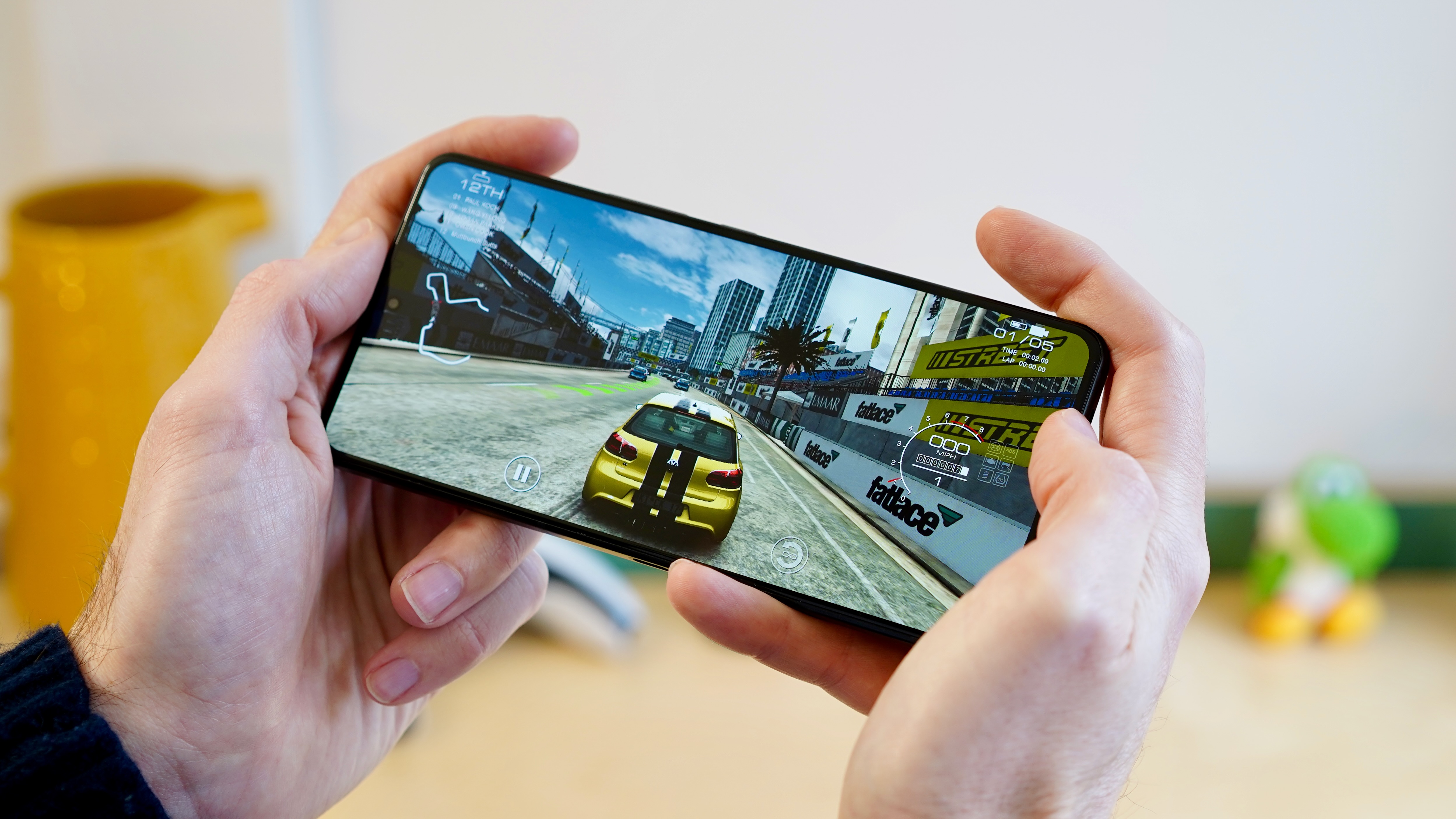
- Packs the new Snapdragon 8 Gen 3 chip
- 12GB, 18GB, or 24GB of LPDDR5X RAM
- 256GB, 512GB, or 1TB of UFS 4.0 storage
As smart as the Asus ROG Phone 8 Pro looks in its new suit, we’re still all here for the performance. Thankfully, it’s an absolute barnstormer, with only the barest of wrinkles to speak off.
Let’s start with the specs, because they’re all cutting edge. You get Qualcomm’s Snapdragon 8 Gen 3 chipset, which is going to be the go-to chip for 2024.
This is accompanied by up to 24GB of LPDDR5X RAM in the top Pro Edition, which we’d ordinarily dismiss as overkill. In a pricey gaming phone such as this, though, it seems far more reasonable.
With such components at its disposal, Asus has turned the performance tap on full. My Geekbench 6 CPU benchmark tests reveal a multi-core score of around 7,200, which broadly matched side-by-side test results from the Red Magic 9 Pro and the iPhone 15 Pro.
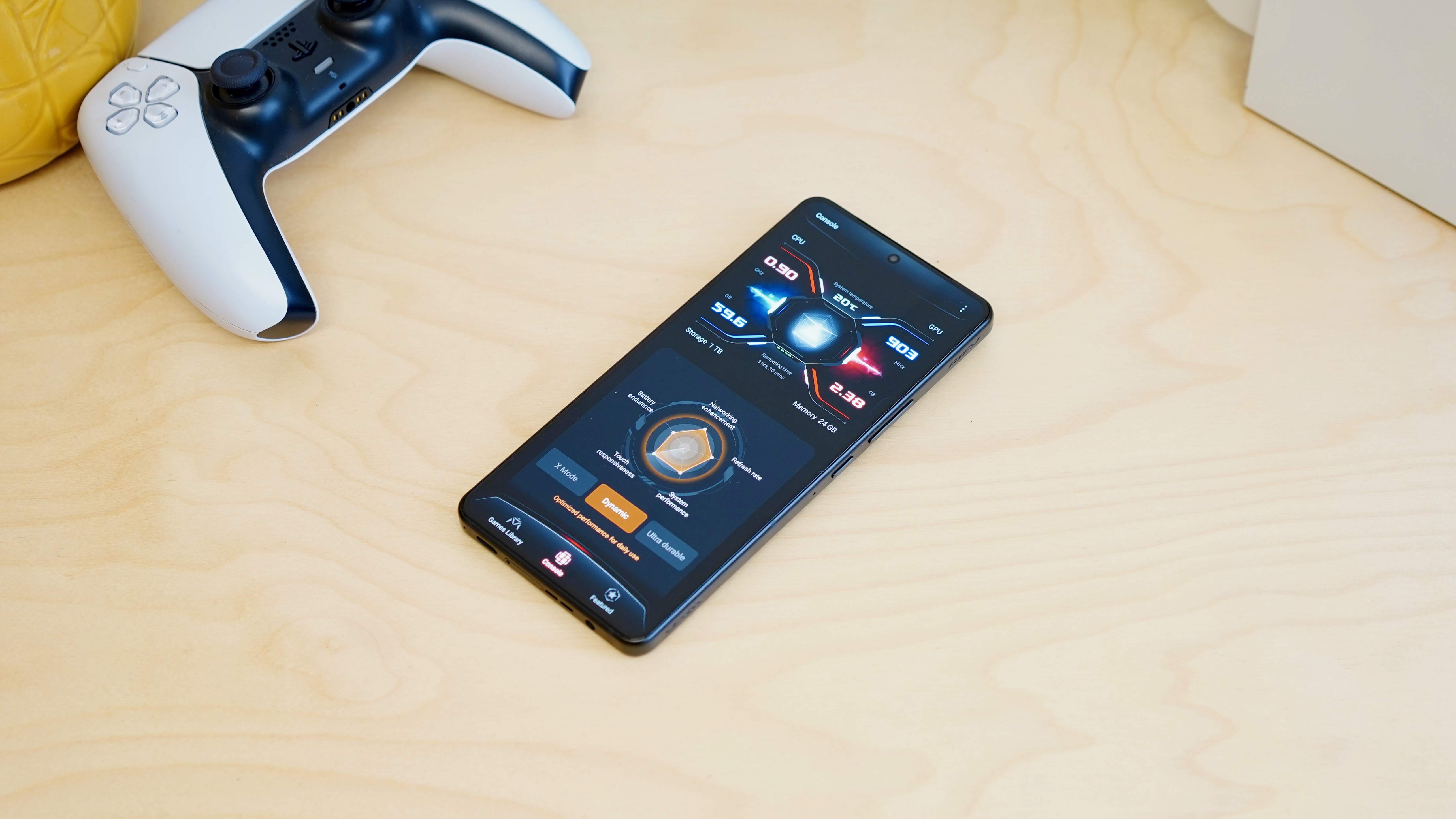
Across the suite of GFXBench GPU-focused benchmarks, the ROG Phone 8 Pro trounced the Red Magic 9 Pro in the on-screen tests, and matches it in off-screen tests. You can likely put that disparity down to the Red Magic 9 Pro’s higher screen resolution.
Where the Red Magic 9 Pro wins back some ground – and it’s not an insignificant victory – is in sustained performance. The 3DMark Solar Bar Stress Test runs 20-minute-long loops of a high-intensity graphical workout, mimicking sustained high-end 3D gameplay. The ROG Phone 8 Pro scored 92.2%, reflecting the fact that its performance remained at a fairly consistent rate from the first loop to the last.
That’s much better than most normal flagship phones, which tend to score in the 70 to 80% region. However, it falls short of the Red Magic 9 Pro, which scored a nigh-on perfect 99.7%. The reason for this is almost certainly the ROG Phone’s lack of an integrated fan cooling system. Sure enough, with the AeroActive Cooler X attached to the back of the ROG, it scored 98.3% in the same test.
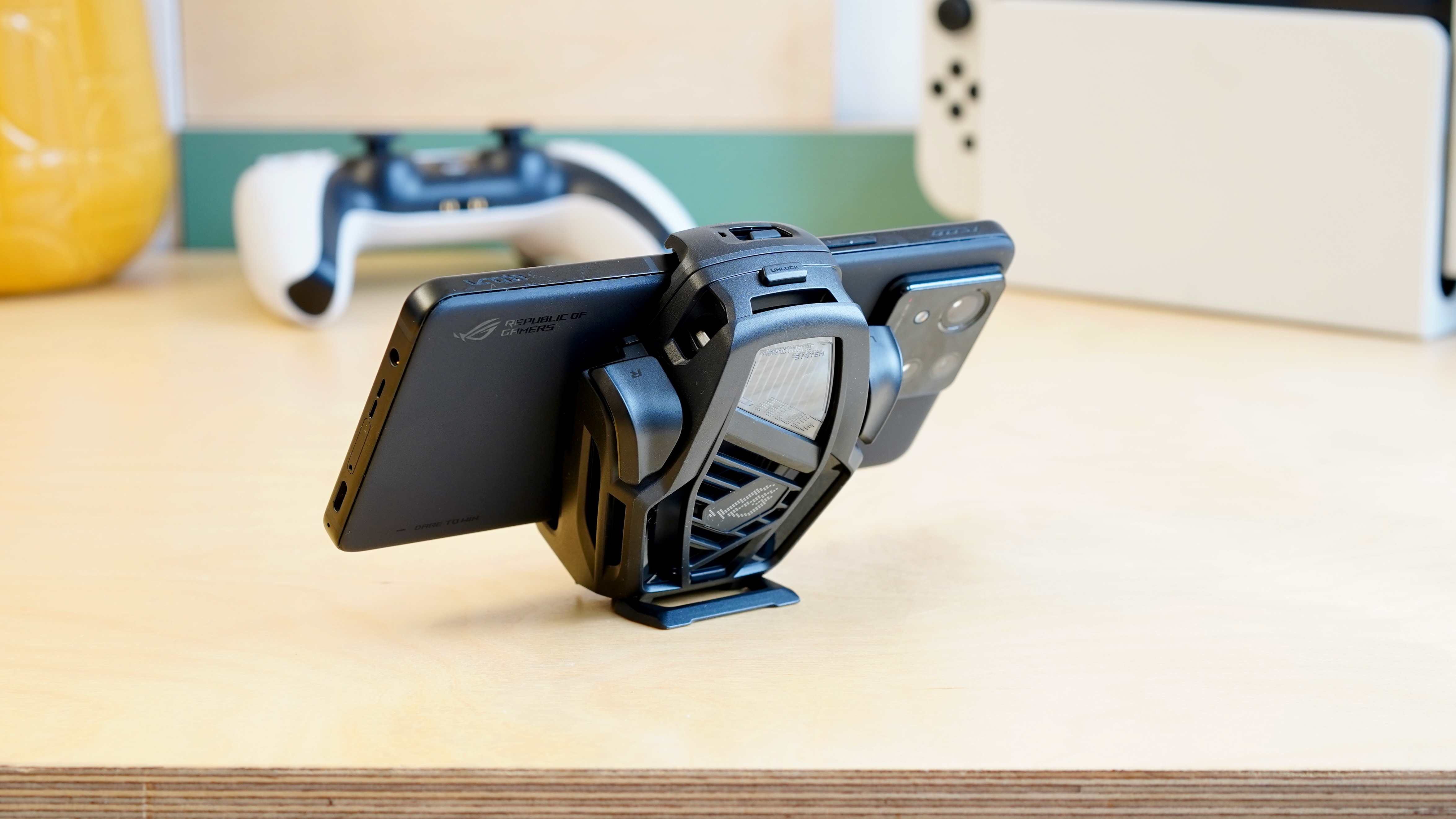
I should also note that the ROG Phone 8 Pro had gotten extremely toasty by the end of this 20-minute GPU workout, to the point where it was uncomfortable to hold. It’s something to bear in mind if you’re someone who plays graphically advanced games for extended periods, though no current games will push a phone quite so hard.
In summary, then, the Asus ROG Phone 8 Pro is one of the very strongest performers on the market. It falls slightly short of the Red Magic 9 Pro when it comes to sustained gaming performance, unless you purchase the top model and fit the AeroActive Cooler X fan, but it’ll still blow through any modern game you can throw at it on the very highest graphical settings with contemptuous ease.
There’s ample space for storing games and media files, too, with a choice of 256GB, 512GB, or 1TB of storage depending on the model.
- Performance score: 5 / 5
Asus ROG Phone 8 Pro review: Software
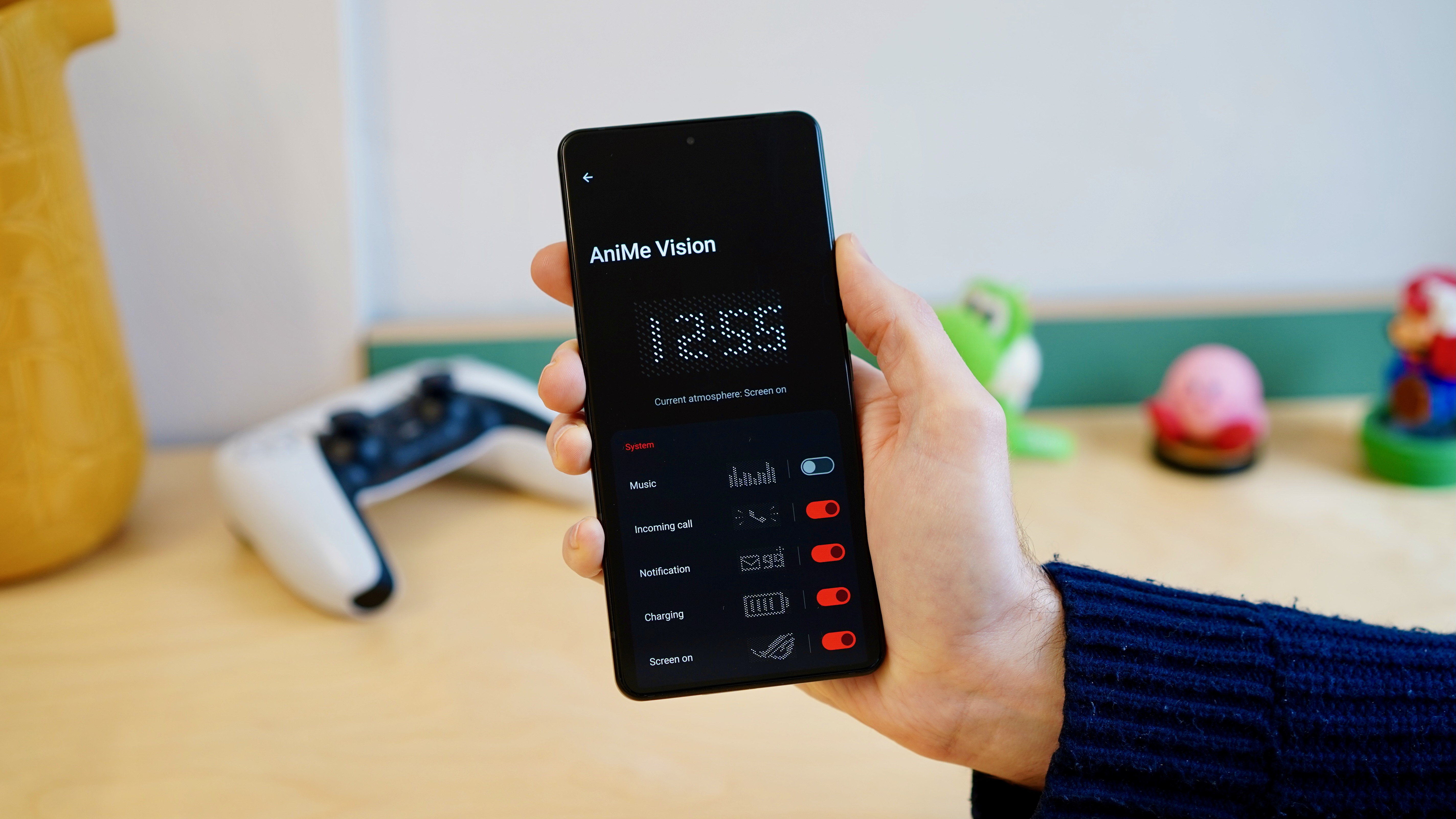
- Android 14 with ROG UI
- Armour Crate app to fine-tune gaming settings
- At least two OS updates, four years of security updates
Asus’s custom UI is one of the less tinkered-with on the Android market. Compared to Nubia’s Red Magic OS 9.0, it’s absolute bliss to deal with, and I encountered none of the set-up woes or bugs that we encountered with the ROG Phone 7 Ultimate.
The joy starts right at the outset, where Asus gives you the choice of the stock Android or Asus Optimized quick settings panel and a more Classic (i.e. stock) home screen layout. I dearly wish more (read: all) Android manufacturers did this.
Essentially, ROG UI is the same as Zen UI on the Zenfone 10. There are a few cosmetic tweaks to the Google formula, some ugly ‘gamer’ wallpapers, and some added pre-installed apps like Gallery and the Link to Windows app. There are also a couple of third-party apps pre-installed in Instagram and Facebook, but it’s nothing egregious.
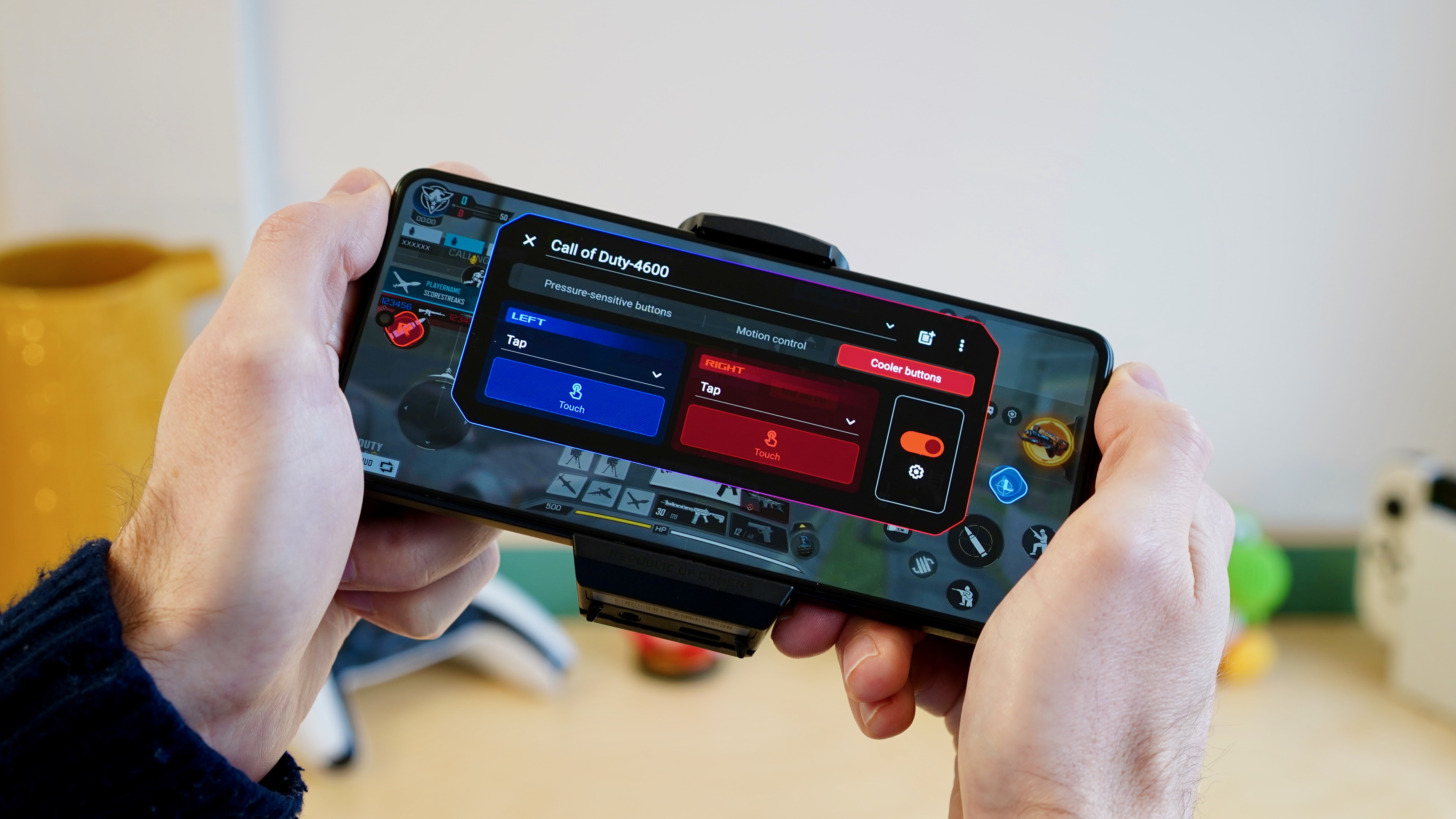
The main nod to gamers here is the Armoury Crate app, which is where you can go to tweak performance modes, Air Trigger configurations, and to load up shared custom macros on a game-by-game basis.
You can also bring up an Armoury Crate UI over your current game by swiping down from the top corner. This is most useful when you want to map those Air Trigger controls.
Asus promises at least two major OS updates, bringing the ROG Phone 8 Pro up to Android 16, and four years of security updates. It’s not among the leading pack of premium Android phones in this department, which is shame give how future-proof the hardware is. And we are now in a time where people tend to hold onto their phones for longer, opting to stick with their phones for three years over two, meaning this level of support isn't really up to the standard we'd expect from a smartphone of this price.
- Software score: 3.5 / 5
Asus ROG Phone 8 Pro review: Battery
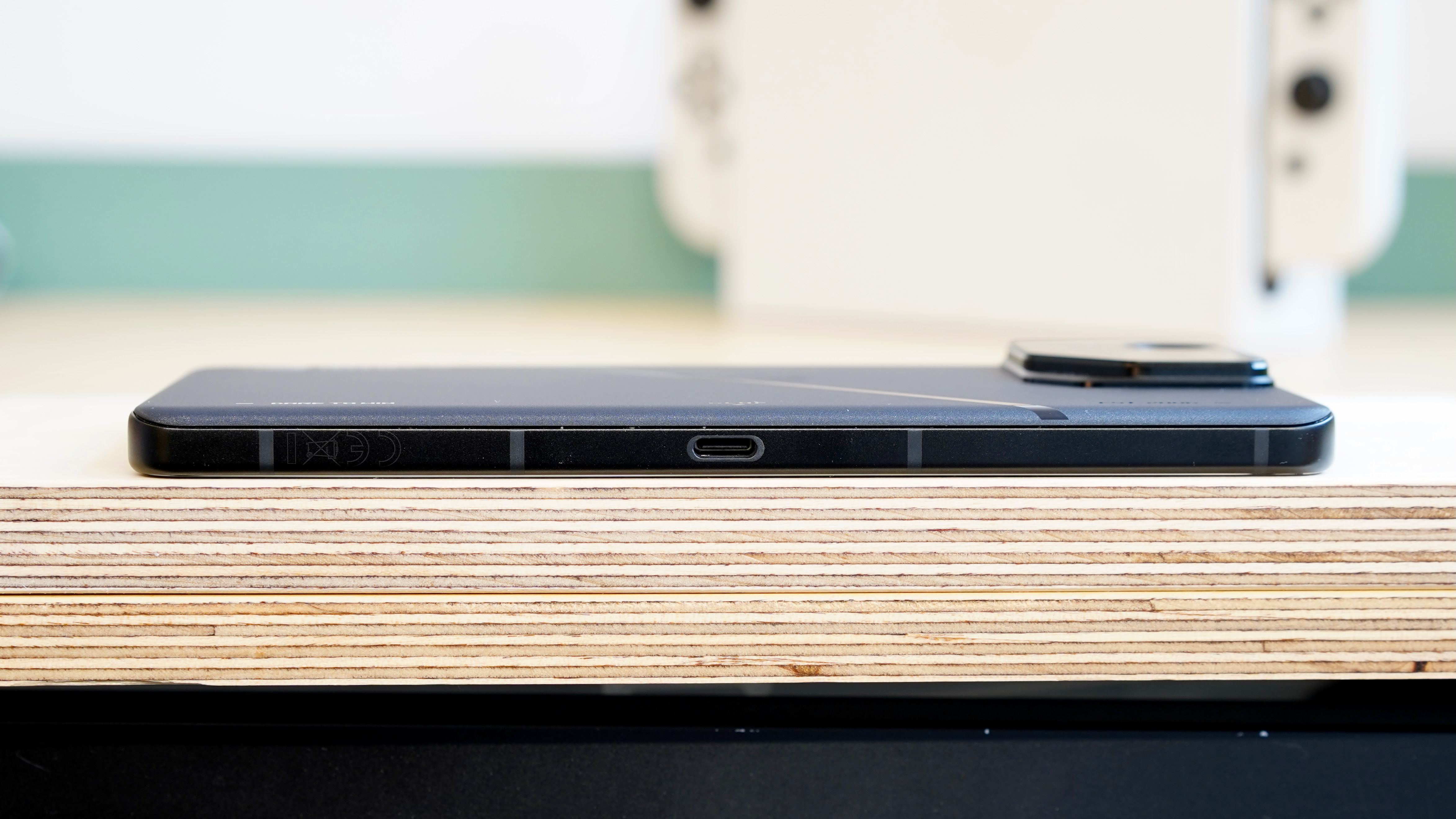
- 5,500mAh battery is smaller than before
- All day usage, but not the strongest gaming phone stamina
- 65W wired and 15W wireless charging
In order to pull off this sleeker design, Asus has taken the slightly concerning step of downsizing the ROG Phone 8 Pro’s battery. While the ROG Phone 7 had a 6,000mAh battery, the new model only has a 5,500mAh cell.
Improvements to the efficiency of the chip and the display technology obviously go some way to offsetting this, but even Asus has admitted to a slight drop in stamina compared to its previous model. That’s not the ideal direction of travel for a gaming phone, where a ‘higher, further, faster, baby’ motto tends to apply.
It’s also worth pointing out that the Nubia Red Magic 9 Pro offers a 6,500mAh battery, which is significantly larger.
Sure enough, I was unable to get quite the same practical battery life out of the ROG Phone 8 Pro as its significantly cheaper rival. In an average full day of moderate usage with about four hours of screen-on time, I would be left with a little shy of 50% left in the tank. That’s not a bad result by any means, but it falls way short of the Red Magic 9 Pro on 65%.
Given the lower capacity of its battery, the 65W charger Asus bundles in yields similar results to the Red Magic 9 Pro. Charging from empty got me to 100% in around 40 minutes.
The ROG Phone 8 Pro also has an ace up its sleeve in the form of 15W wireless charging, which is something that previous gaming phones have omitted. It’s another feature that makes this the most easy gaming phone to live with.
- Battery score: 4.5 / 5
Should you buy the Asus ROG Phone 8 Pro?
| Attributes | Notes | Rating |
|---|---|---|
| Value | The ROG Phone 8 Pro is not a cheap phone by any stretch, but as a top-level gaming phone that also mixes it with flagship phones, it’s a unique proposition. | 4 / 5 |
| Design | Asus has brought the ROG Phone design on leaps and bounds. It’s still not subtle, but it’s more practical and less overtly ‘gamery’. | 4.5 / 5 |
| Display | Big, bright, responsive, and color-accurate, though now also interrupted by a punch-hole cut-out. | 4.5 / 5 |
| Camera | The first gaming phone with a genuinely decent (if still not top tier) all-round camera system, complete with dedicated telephoto. | 4 / 5 |
| Performance | One of the fastest phones on the market right now, with a surfeit of RAM and strong cooling. | 5 / 5 |
| Software | Relatively solid and uncluttered, with options to get closer to stock if you wish. Only two years of updates promised, though. | 4 / 5 |
| Battery | A slight step back in capacity and stamina from its predecessor and closest gaming phone rival, but still a strong performer. | 4.5 / 5 |
Buy it if...
You want a gaming phone that won’t embarrass you
The ROG Phone 8 Pro is an excellent gaming performer, but it’s not too garish or cheap-looking like other gaming phones – both in terms of hardware and software.
You want a gaming phone with all the creature comforts
Gaming phones tend to omit wireless charging, a full IP rating, and a telephoto camera. The Asus ROG Phone 8 Pro is the first one that doesn’t.
You want a flagship phone with excellent sustained performance
There are fast flagship phones out there, but none can keep up that performance over a long period like the Asus ROG Phone 8 Pro.
Don't buy it if...
You want an affordable gaming phone
The Asus ROG Phone 8 Pro is not cheap, and you can get a broadly competitive gaming phone experience elsewhere for a fraction of the price.
You like your phones slim and light
Despite its refined design, the Asus ROG Phone 8 Pro is still a chunky device.
You want a phone for the long haul
Asus is only promising two years of major Android updates with the ROG Phone 8 Pro.
Asus ROG Phone 8 Pro review: Also consider
The Asus ROG Phone 8 Pro is a unique gaming phone that will serve you well in everyday life, but it’s not your only option. These phones can tick some of the same boxes, and a few others besides.
Nubia Red Magic 9 Pro
The Red Magic 9 Pro is the ROG Phone 8 Pro’s major gaming phone rival. It tops the ROG Phone on sustained performance and stamina and is around half the price, though its design, software and camera fall way short.
Asus ROG Phone 7 Ultimate
The Asus ROG Phone 7 Ultimate isn’t as fast as the ROG Phone 8 Pro, and it’s much less pleasant to look at and use day to day. However, it’s more gaming-focused, and should now be cheaper too.
iPhone 15 Pro Max
For around the same price as the top ROG Phone 8 Pro model, Apple’s super-sized phone offers competitive gaming performance (though not over sustained periods) and a better all-round smartphone experience, as well as access to a new breed of console games.
| Nubia Red Magic 9 Pro | Asus ROG Phone 7 Ultimate | iPhone 15 Pro Max | |
|---|---|---|---|
| Price (at launch): | From $649 / £579 / (around AU$965) | From $1,399 / £1,199.99 / AU$2,099 | From $1,199.99 / £1,199 / AU$2,199 |
| Dimensions: | 164 x 76.4 x 8.9mm | 173 x 77 x 10.3mm | 159.9 x 76.7 x 8.25mm |
| Weight: | 229g | 239g | 221g |
| OS (at launch): | Android 14 | Android 13 | iOS 17 |
| Display: | 6.8-inch (1116 x 2480) up to 120Hz BOE Q9+ AMOLED | 6.78-inch (1080 x 2448) 165Hz AMOLED | 6.7-inch (2796 x 1290) adaptive 120Hz Super Retina XDR OLED |
| Chipset: | Snapdragon 8 Gen 3 | Snapdragon 8 Gen 2 | Apple A17 Pro |
| RAM: | 12GB / 16GB (LPDDR5X) | 16GB | 8GB (LPDDR5) |
| Storage: | 256GB / 512GB (UFS 4.0) | 512GB (UFS 4.0) | 256GB / 512GB / 1TB (NVMe) |
| Rear Cameras: | 50MP main, 50MP ultra-wide, 2MP macro | 50MP main, 13MP ultra-wide, 5MP macro | 48MP main, 12MP ultra-wide, 12MP 5x telephoto |
| Front camera: | 12MP | 32MP | 12MP |
| Battery: | 6,500mAh | 6,000mAh | 4,422mAh |
How I tested the Asus ROG Phone 8 Pro
- Review test period = 1 month
- Testing included = Everyday usage, including web browsing, social media, photography, video calling, gaming, streaming video, music playback
- Tools used = Geekbench 6, GFXBench, 3DMark, native Android stats, bundled Asus 65W power adapter
I was sent the top Asus ROG Phone 8 Pro Edition model by a PR representative, at which point I commenced using the phone on a daily basis over a two-week period, followed by a further two weeks of intermittent usage.
For at least a week of that time, the 8 Pro was my everyday phone. For the rest of the time, I swapped in another active SIM and continued to use the phone for benchmark tests, gaming, photos, and general browsing.
I’m a freelance journalist who got his start writing about mobile games in the pre-smartphone era. I was around to cover the arrival of the iPhone and the App Store, as well as Android, and their seismic effect on the games industry. I now write about consumer tech, games, and culture for a number of top websites.
First reviewed January 2024

Jon is a freelance journalist who has been covering tech since the dawn of the smartphone era. Besides TechRadar, his words and pictures have appeared in The Telegraph, ShortList, Tech Advisor, Trusted Reviews, Expert Reviews, and more. He largely covers consumer technology, with a particular focus on smartphones and tablets. However, he's also been known to dabble in the worlds of entertainment and video games.


